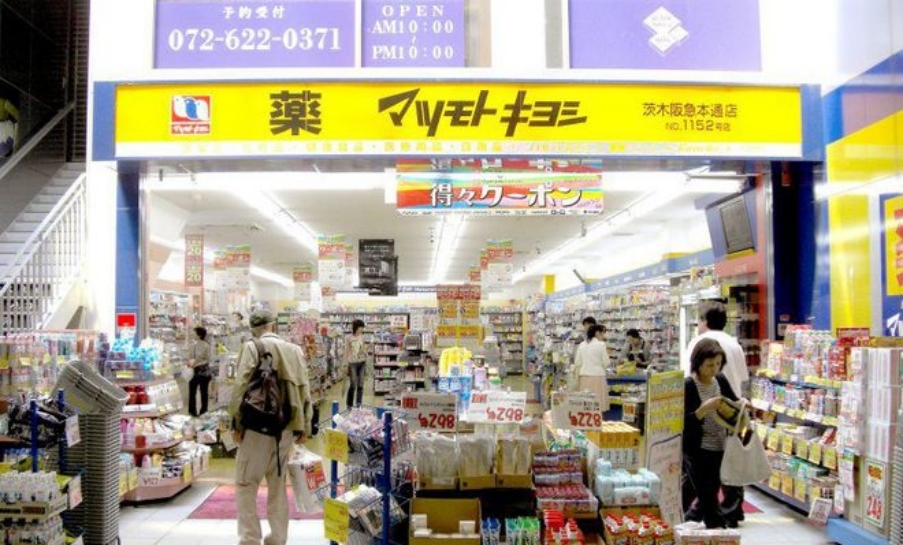
Recently, Japan's policy adjustment in the field of medicine has caused widespread concern. In particular, since October 2024, the news that the proportion of generic drugs used in Japan has exceeded 90% for the first time has become the focus of the pharmaceutical industry. Behind this change is the Japanese government's system of charging extra fees to patients who intend to use the original drug in order to reduce medical costs. However, analyzing this policy and its ripple effects from a business perspective, it is not difficult to find many problems and challenges.
First of all, from the background of the policy, the rising cost of medical care in Japan has brought great pressure on government finances. Therefore, reducing medical costs by promoting low-cost generic drugs is undoubtedly an effective way to alleviate this pressure. However, the formulation and implementation of policies are often accompanied by complex interest games. In Japan, competition between original and generic drugs has already heated up. With its innovative technology and patent protection, the original pharmaceutical enterprises enjoy a high market share and profit margin; Generic drug companies rely on low-price strategies to try to get a piece of the market. The adjustment of this policy is undoubtedly a major blow to the original research drug enterprises, and also provides unprecedented development opportunities for generic drug enterprises.
However, opportunities often come with challenges. The popularity of generic drugs is not achieved overnight, and behind it needs a stable supply chain and high-quality production capacity as support. In Japan, because generic drug manufacturers are mostly small and medium-sized enterprises, their production capacity and anti-risk ability are relatively weak. Therefore, in the face of surging market demand, these manufacturers are often difficult to rapidly expand the scale of production, leading to the problem of unstable supply. According to a survey by the Japan Federation of Pharmaceutical Associations, of about 8,000 generic drugs, about 2,000 are in a restricted or discontinued state, accounting for as much as 26%. This data undoubtedly casts a shadow over the popularity of generic drugs.
In response, the Japanese government has proposed setting up a fund to support the expansion of generic drug production. However, there are still many uncertainties about whether this plan can be effectively implemented. On the one hand, the establishment and operation of the fund need time and capital support, and the government's financial situation is not optimistic; On the other hand, even if the fund can operate smoothly, how to ensure the effective use and supervision of the funds is an urgent problem to be solved. In addition, the production of generic drugs is not simple to scale up, but also requires strict quality control and technical support. All these require enterprises to have strong research and development and production capacity, rather than relying solely on government financial support to solve.
In addition to supply issues, the adoption of generic drugs faces challenges in terms of market demand. While policy changes have resulted in an increase in patients choosing generic drugs, this increase is not entirely based on changes in market demand. Instead, it is more the introduction of extra costs that have forced patients to opt for generic drugs. Especially for those who enjoy local government subsidy systems such as free medical care for children, in order to avoid incurring out-of-pocket costs, they are more inclined to choose cheaper generic drugs. However, this forced choice is not a real market demand, and once the policy changes or additional costs are eliminated, these patients may choose to go back to the original drug.
In addition, from a business perspective, the popularity of generic drugs is also facing the challenge of price competition. Although generic drugs have a clear advantage in price, this advantage may gradually diminish as the market continues to expand and competition intensifies. Especially for those original drug companies with strong research and development capabilities and brand influence, they may win back market share through price reduction strategies. Once the price of the original drug falls to the same level or lower than that of the generic drug, the competitive advantage of the generic drug will be lost.
More seriously, the popularity of generic drugs may have a negative impact on pharmaceutical innovation in Japan. The innovation of original drugs is one of the core driving forces of the development of pharmaceutical industry. However, with the popularity of generic drugs and the expansion of market share, the profit margins of original drug companies may be severely squeezed. This will lead companies to invest less in research and development, which will reduce the speed and quality of new drugs to market. In the long run, this will not be conducive to the sustainable development of the Japanese pharmaceutical industry and the improvement of international competitiveness.
In addition, from the perspective of policy implementation, there are many shortcomings in this policy adjustment. For example, the charging standard and supervision mechanism for additional fees are not clearly defined. This may lead to problems such as arbitrary charges and excessive charges in the actual operation. At the same time, supervision of the quality and efficacy of generic drugs also needs to be strengthened. Although the generic drugs have advantages in price, there are still some gaps in quality and efficacy compared with the original drugs. If there is no effective regulatory mechanism to ensure the quality and safety of generic drugs, there may be potential threats to the health of patients.
In addition, the policy adjustment also involves the adjustment of the interests of medical institutions and drug bureaus. In order to encourage the adoption of generic drugs, the government has adopted a mechanism to increase the compensation of medical institutions and drug bureaus by expanding the use of generic drugs. However, this mechanism also brings new problems. On the one hand, it may lead medical institutions and drug companies to over-promote generic drugs in pursuit of profit maximization; On the other hand, it may also lead to unnecessary restrictions and discrimination in the use of original drugs. This imbalance in benefit adjustment may have a negative impact on the equity and quality of medical services.
To sum up, from a business point of view, although the policy adjustment of increasing the proportion of generic drug use in Japan to 90% has reduced medical costs and promoted the popularity of generic drugs to a certain extent, it also faces many challenges and problems. These problems involve supply chain, market demand, price competition, pharmaceutical innovation, policy implementation and many other aspects. In order to ensure the smooth implementation of the policy and the healthy development of the pharmaceutical industry, the government needs to take more comprehensive and effective measures to deal with these challenges and problems. At the same time, supervision and evaluation mechanisms need to be strengthened to ensure the effectiveness and sustainability of policies.

On the morning of November 18th local time, the stock markets of Japan and South Korea opened with a sharp decline.
On the morning of November 18th local time, the stock marke…
Countless AI agents are transitioning from isolation to col…
In November 2025, a sudden political storm swept through th…
The data recently disclosed by South Korea's Ministry of La…
Recently, according to The US industry media SeafoodSource,…
As the gunfire in the Gaza Strip gradually subsided in the …